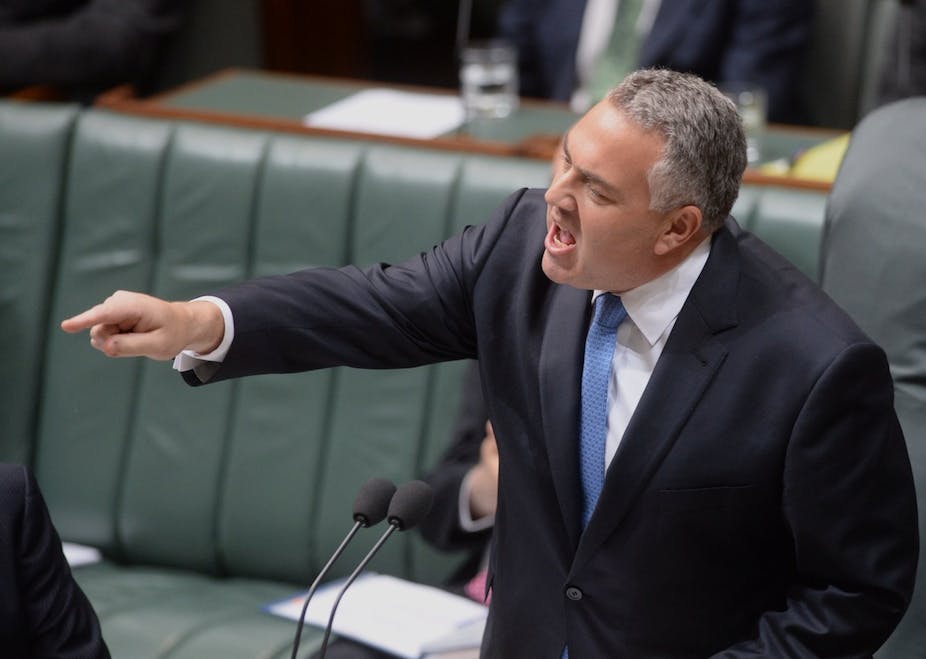The Australian Bureau of Statistics (ABS) has come under attack for the perceived lack of reliability of its labour force statistics, particularly the unemployment rate.
The unemployment rate is one of the most keenly observed and anticipated economic indicators. The government is keen to jump on any perceived fall in the rate to boost its economic management credentials, while the opposition uses a rise to demonstrate the government’s failure.
For the Reserve Bank (RBA) the unemployment rate (or rather the trend in the rate) is a key indicator of the state of the economy, which it uses to decide whether to raise or cut interest rates. The importance of interest rates for so many markets, including business investment, home lending and the Australian dollar, ensures that financial markets often react (or overreact) to even small changes in the unemployment rate. Of course, policy programs to address joblessness also depend on having reliable indicators of what’s going on in the labour market.
Unemployment statistics are only estimates
Much of the attack on the ABS arises because of a lack of understanding of how the labour force estimates are measured and how they are to be interpreted. I attempted to correct some of these misunderstandings in a recent piece for The Conversation. I pointed out that unemployment statistics are only estimates, not the actual numbers in the population. They are based on the Labour Force Survey which is a sample of 0.33% of the population. Because they are based on a sample of the population, the statistics have errors.
It is well known among economists that “you don’t trust one month’s figures” – it is the trend in the unemployment rate, and other labour force statistics, which is important in understanding what’s going on in the labour market.
The ABS presents “trend estimates” which are much more reliable than the actual “raw” estimates, but the media tends to concentrate on the actual number, particularly whether it has risen or fallen.
In addition, the ABS has, until now, seasonally adjusted the labour force data. This makes sense since employment and labour force participation vary over different times of the year independently of the general state of the economy.
For instance in the months of December and January in retailing there is greater demand for workers, particularly part-time and casual. Seasonal adjustment attempts to take out the effects of these seasonal variations. Generally, seasonal adjustment involves identifying historical patterns in the data and adjusting current data on the basis that these historical seasonal patterns apply to current data. To paraphrase, suppose historically employment in December was usually 5% higher because of seasonal factors, then the actual value would be reduced to give the seasonally adjusted employment estimate.

The ABS has taken the unusual step of dropping its seasonally adjusted estimates in its September estimates, released yesterday, and re-estimating the numbers for July and August. This follows the wildly fluctuating estimates for July and August which had been greeted with some scepticism by the RBA. The fault apparently lies with the seasonal adjustment of these two months’ figures.
The explanation by the ABS is that the seasonal factors that normally apply to July and August in other years didn’t apply this year - very strange. So the ABS has chosen to “un-adjust” the July and August estimates and only give the raw number for September.
The changes are not trivial. The biggest change is to the jobs growth estimate of 121,000 for August, which has been revised down to 32,100. The estimate of the unemployment rate for July was changed from 6.4% to 6%, and for August it has been changed from 6.1% to also 6%. If you were relying on these original estimates for policy or making financial decisions (and you shouldn’t because remember it’s the trend that matters) you would have been making a big mistake.
Despite all the warnings, most of the media on discovering the September unemployment estimate was 6.1%, were still interpreting what is essentially no change as unemployment creeping up.
ABS cost cutting?
What is rather strange is that the explanation that the seasonal adjustment process needs to be refined has developed into a political argument that cuts to funding are preventing the ABS from doing its job properly.
There is talk that the actual data collection may have been compromised to cut costs. There may be some truth in this since the ABS has been moving from face-to-face interviews to online surveys. Also, it appears that the ABS changed its survey methodology recently and didn’t run dual surveys to measure the impact of the survey change. This could have been due to lack of resources. The Community and Public Sector Union (CPSU) says budget cuts are making it impossible for staff to do their jobs properly. Meanwhile the Treasurer, Joe Hockey, blamed the previous Labor government.
It is rather sad to see such a well-respected organisation as the ABS being abused for perceived incompetence. It is also disturbing for an independent, respected organisation, held in high regard both in Australia and internationally, being dragged into political squabbling. If the critics took a bit more time to interpret the statistics and their limitations then they might be less vocal in their criticism.

